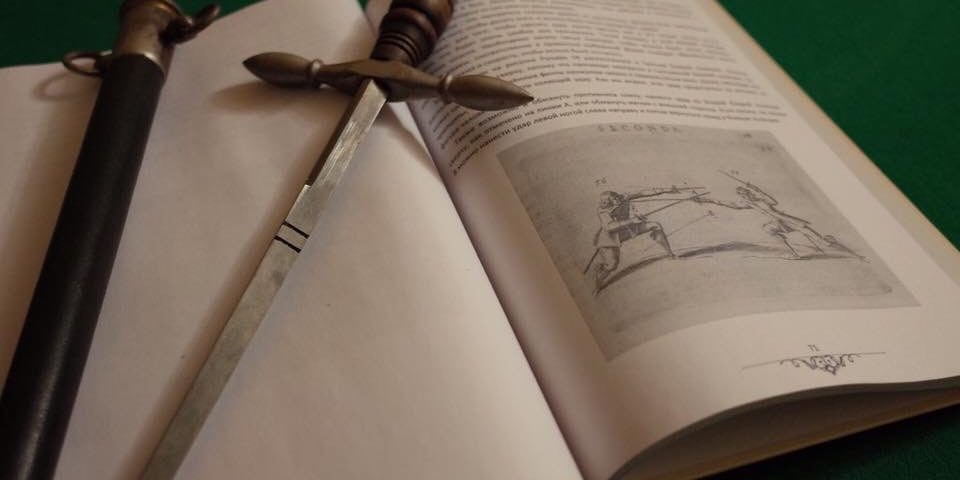What this all comes down to is the reason for studying a treatise. There are many different reasons for studying a treatise. The prime reason is to recreate what is written in the treatise, but this is not the only reason. Another reason is to find the foundation elements so that they can be examined to compare to another treatise for similarities and differences, this way elements can be traced through lineages and also across continents. In some instances a manual may be picked up just for “tips and tricks” i.e. just to add an extra couple of techniques to a person’s repertoire. A teacher may also examine a manual to understand what their student is studying. Each one is a different reason.
How do we do a source justice? What doe this even mean? For some, the only way to do a source justice is to go through the entire manual and use every element. For others, this is not even a concern. This all goes back to the reason for studying the manual in the first place. If a person is studying a treatise to examine social elements within it, the technical elements to not even play a part in the examination, therefore there is no need to consider recreating these technical elements. If the study is for comparison of a single technical element, then the other elements are not really required. For example, a cross-manual examination of rapier and dagger, then only the rapier and dagger parts are really pertinent. The reason for examining the manual must be taken into account in all instances.
Henry Walker
Continue reading on A Fencer’s Ramblings






